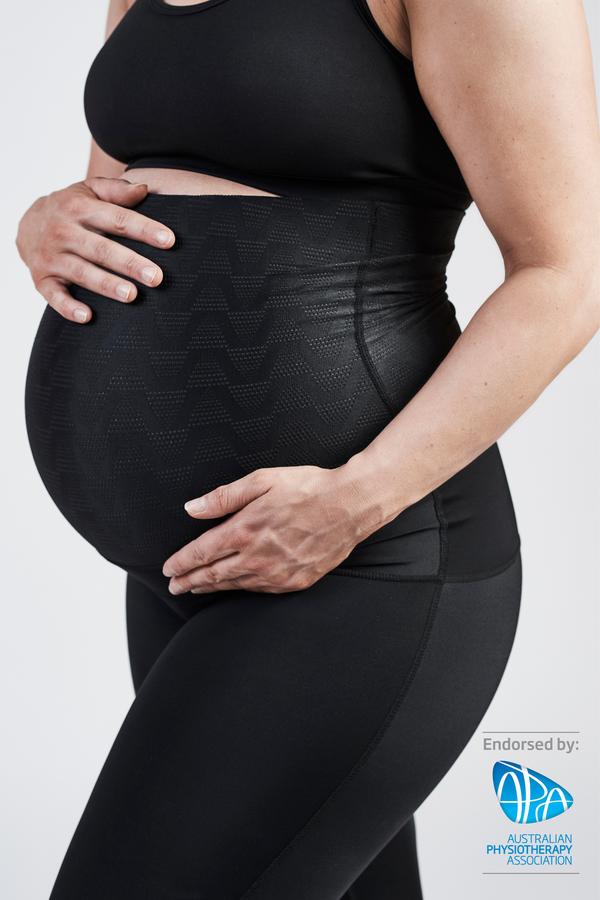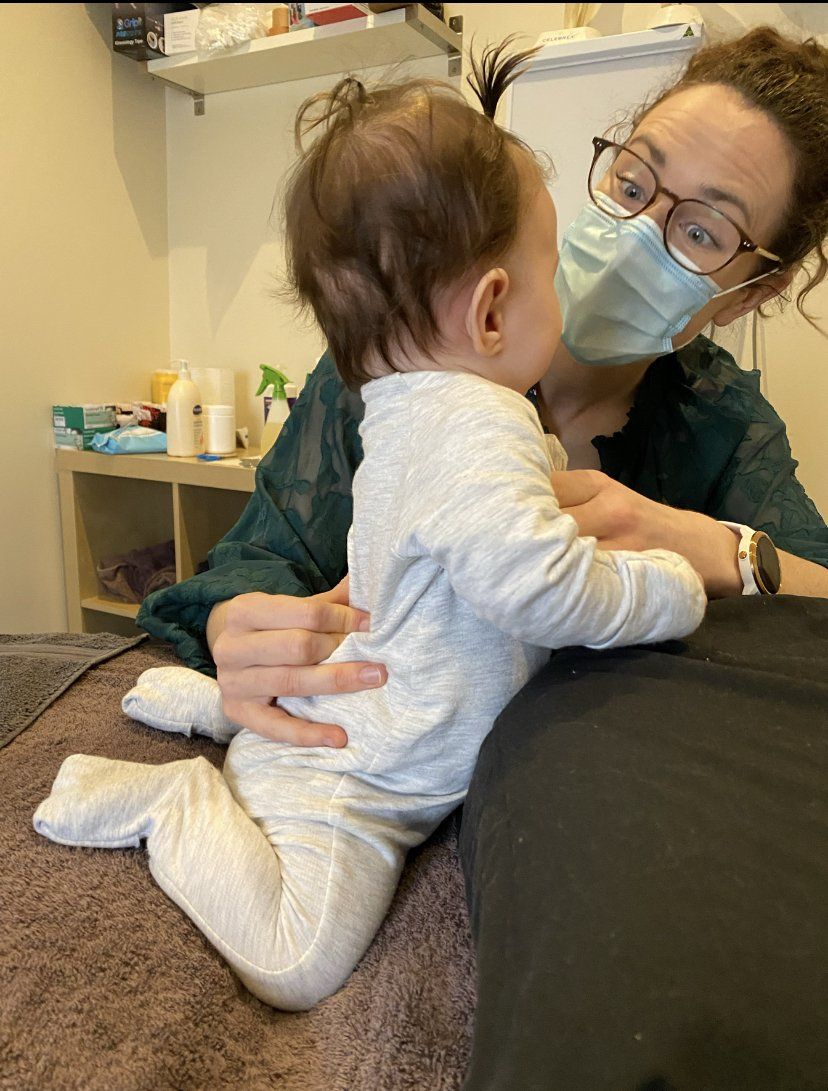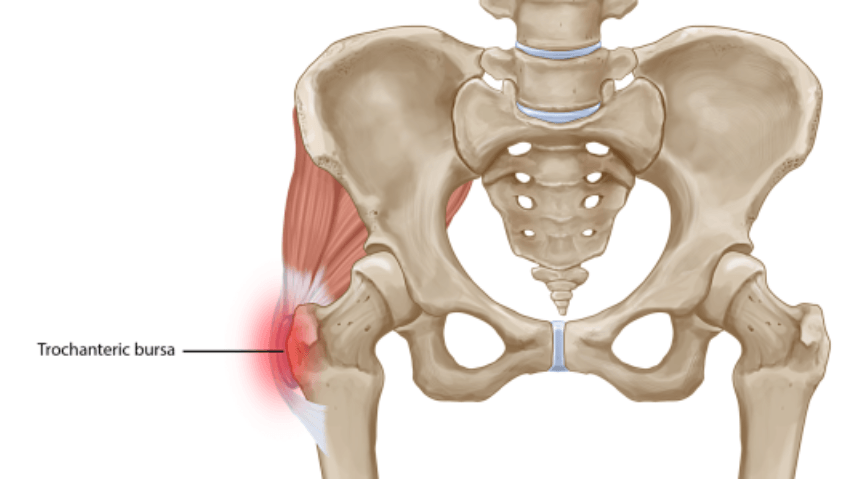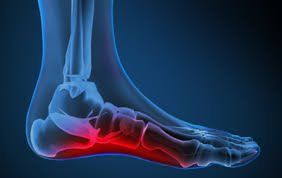By Callum. Hogan (Osteopath)
•
March 12, 2021
The Hip is one of the most important joints in the Human body. It is vital for both movement and stability but also serves the role of connecting the lower limbs to the spine. As a result it is an area where the body takes a lot of force and is required to produce a lot of force to enable us to do our everyday activities. Hip pain can be caused by many different structures around the hip. Bursitis (a bursa is a fluid filled sac which lubricates the surfaces between bone , ligament and tendon.) Tendinopathies Labral tears (cartilage) Piriformis Syndrome (deep muscle in the hip) Osteoarthritis Many more…….. Therefore correct diagnosis of an injury is paramount in the management and treatment of hip complaints. Many of these conditions have different treatments. We will focus on one of the most common complaints in the hip - Hip Bursitis. The role of the bursa is to lubricate the joint and allow the structures (bone , ligament and tendon) to glide and move freely. Why do they get Irritated? Many reasons can contribute to irritation. The most common causes are repetitive trauma, overload, sedentary lifestyle, gluteal tears and poor hip muscle strength. Due to the complex nature of the hip joint it can often be a combination of factors that cause hip pain (1). How do I know if I have Hip Bursitis? Most patients with Hip Bursitis will have the following symptoms - Pain on the outside of the hip Pain with lying on the affected hip Pain with walking, Standing, climbing stairs and running Pain with prolonged sitting What can be done to help with your Hip pain? At Kardinia Osteopathic Clinic our Osteopaths and Myotherapists can provide you with an examination, treatment plan and management pathway to help you kick the Hip Bursitis. Through a variety of treatment options including soft tissue work, articulation, dry needling, stretching and exercise rehabilitation we can set you on the path to recovery. Manual Therapy has been shown to improve mobility of the lumbar spine, hip, knee and ankle which can improve the hip mechanics and reduce friction on the outside of the hip (2). In addition to manual therapy and exercises we may incorporate Shockwave therapy as part of the treatment plan. Shockwave has been shown to reduce pain in patients with Chronic Trochanteric Bursitis(3) If you think me may be able to help, please organise a time to see one of our team. You can click here to book an appointment. We look forward to seeing you soon. https://www.physio-pedia.com/Greater_Trochanteric_Pain_Syndrome Wyss, J. (2012). Therapeutic programs for musculoskeletal disorders. Demos Medical Publishing. Seo, K. H., Lee, J. Y., Yoon, K., Do, J. G., Park, H. J., Lee, S. Y., ... & Lee, Y. T. (2018). Long-term outcome of low-energy extracorporeal shockwave therapy on gluteal tendinopathy documented by magnetic resonance imaging. PLoS One, 13(7), e0197460. (image) https://corehealthcare.com.au/hip-bursitis/









